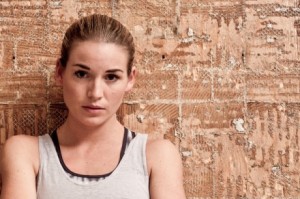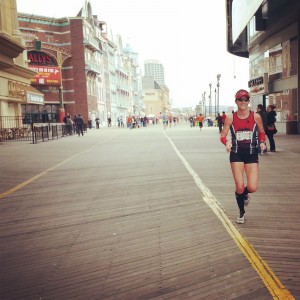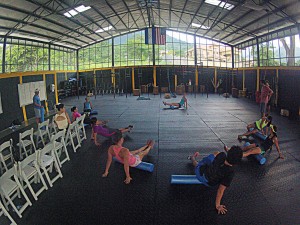 If you live in the northeast, you have said goodbye to Summer and have taken out your comfy sweaters. As blueberry season has come and gone, there are some great seasonal foods that are yummy, filling, good for you, and comfort-food like.
If you live in the northeast, you have said goodbye to Summer and have taken out your comfy sweaters. As blueberry season has come and gone, there are some great seasonal foods that are yummy, filling, good for you, and comfort-food like.
Here are some of my favorites:
Sweet potatoes – incredibly nutrient-dense, easy to bake whole or slice and bake in olive oil and topped with some parmesan cheese.
Butternut Squash – great for soup, roasting, and more. Easy to store, nutrient dense, and savory.
Apples – I love to toss some peanut butter on fresh apples after a workout, or before a workout. Sweet, crisp, and the peanut butter adds some protein and good fat.
Pears – refreshing, sweet, and a great snack. Just be careful when packing a pear to go, as they bruise easily.
Pumpkins – so fun to bake with! I love making pumpkin pancakes, but you can find recipes for pumpkin muffins, ravioli, and more!
Apple cider – drink it chilled, warm it on top of the stove, toss in a cinnamon stick, or spike it for an “adult twist” – it’s delicious a million ways!
Lentil soup – easy to make, inexpensive ingredients, protein and fiber dense – this soup is perfect for dinner. Serve up with a hearty slice of bread and a glass of red wine – perfection!
These are only a few suggestions. There are tons of great Autumn options out there, many of which won’t tax your wallet or the scale. As cold/flu season raises it’s ugly head, stay healthy by consuming foods high in nutrients.
Bonus: eating well most of the time makes those indulgent holidays that much sweeter, and that much more fun!









